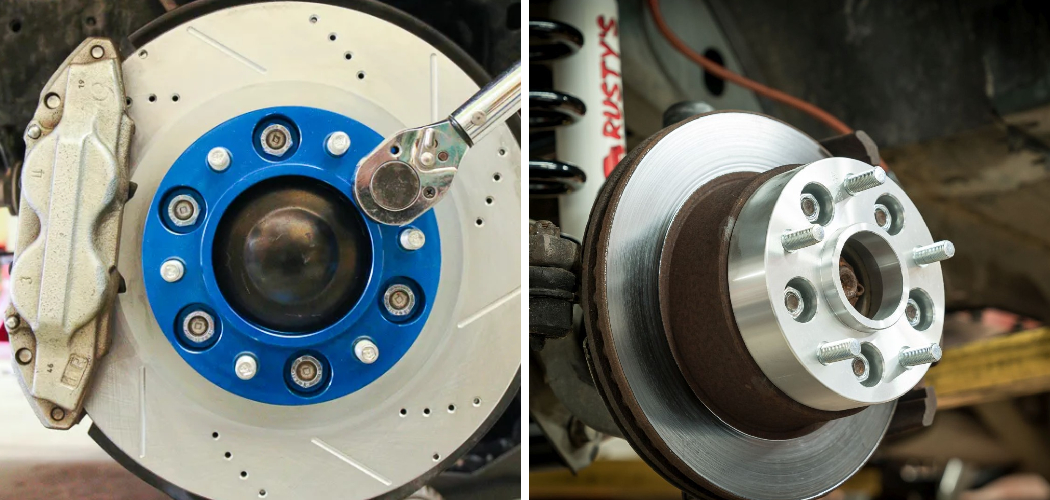Are you tired of seeing those shiny new wheels on your dream car, only to find out they won’t fit because of the bolt pattern? Or do you want to switch to a different set of rims but don’t want to invest in another expensive set of tires?
Well, look no further. In this blog post, we will guide you through the process of installing wheel adapters – a simple and affordable solution to change your bolt pattern and open up more options for your wheels.
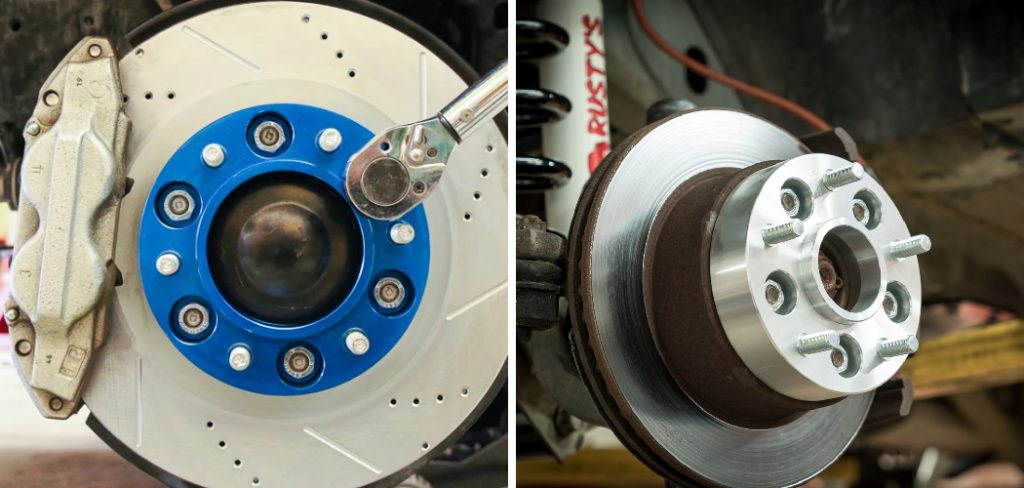
Whether you’re a car enthusiast looking to upgrade or just someone who wants their vehicle to stand out, learning how to install wheel adapters can save you time and money while giving your ride an impressive new look. So buckle up as we take you through step-by-step instructions for this easy DIY project that anyone can do with the right tools and knowledge.
Tools and Materials You Will Need to Install Wheel Adapters
- Wheel Adapters (in the desired size and bolt pattern)
- Jack and Jack stands
- Lug nuts
- Socket wrench set
- Torque wrench
- Thread locker
Step-by-step Guidelines on How to Install Wheel Adapters
Step 1: Prepare Your Vehicle
Before you begin, make sure your vehicle is on a flat surface, in park mode, with the emergency brake engaged. Use the jack to lift the vehicle off the ground and secure it with jack stands. Be sure to never work under a car that is only supported by a jack. Preparing your vehicle ensures safety and stability throughout the installation process.
Step 2: Remove Wheels
Using a socket wrench, remove the lug nuts on all four wheels. Carefully take off the wheels and set them aside in a safe place. Be sure to keep track of which wheel came from where to avoid confusion during reinstallation. While removing the wheels, take this opportunity to clean them and inspect them for any damage or wear.
Step 3: Clean the Hub
With the wheels removed, you now have access to the hub. Use a clean cloth and brake cleaner to thoroughly clean any dirt or debris from the surface of the hub. This will ensure a secure fit for your new wheel adapters. If you find any rust or corrosion, use a wire brush to clean it off. Cleaning the hub is an essential step to ensure the smooth and secure installation of wheel adapters.
Step 4: Install Wheel Adapters
Take your new wheel adapters and place them onto the hub. Make sure they are lined up correctly with the holes on the hub. You may need to apply a small amount of thread locker to each bolt to prevent them from loosening over time. Use a torque wrench to tighten the bolts as specified by the manufacturer. Make sure not to over-torque the bolts as it can cause damage to your vehicle.
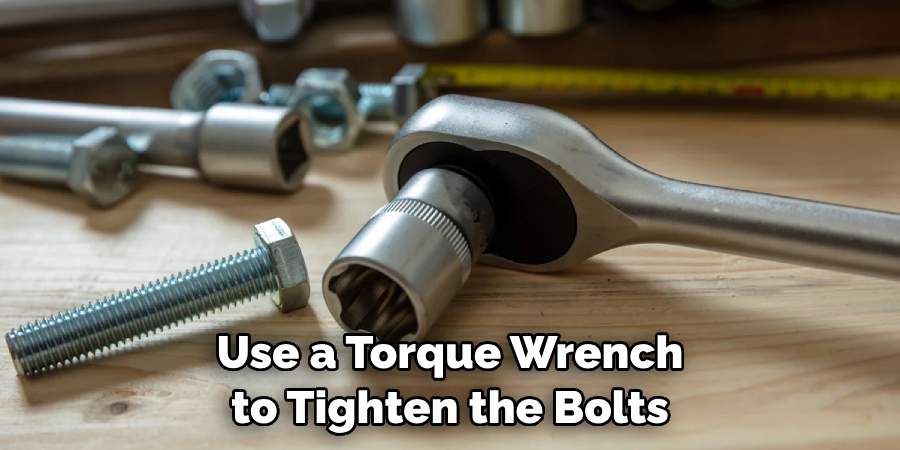
Step 5: Reinstall Wheels
Once the wheel adapters are securely installed, it’s time to put the wheels back on. Carefully place each wheel onto the adapter and hand-tighten the lug nuts. Use a torque wrench to tighten them in a star pattern, ensuring equal torque on each nut. This step is crucial as it ensures the wheels are securely attached to the vehicle, preventing any accidents or wheel damage.
Step 6: Lower the Vehicle
With the wheels reinstalled and secured, carefully lower your vehicle using the jack and remove the jack stands. Double-check that all lug nuts are tight and secure before taking your vehicle for a test drive. This will ensure the safety and stability of your new wheel adapters. Make sure to follow the recommended torque specifications for your particular vehicle and wheel adapter to avoid any issues.
Following these simple steps will help you successfully install wheel adapters and transform the look of your vehicle. We hope this guide has been helpful, and now you can explore more options for wheels without worrying about bolt patterns. Remember to always double-check everything before taking your car for a drive to ensure a safe and smooth ride. Happy driving!
Additional Tips and Tricks to Install Wheel Adapters
1. If you are unsure about the right size or bolt pattern for your vehicle, consult a professional before purchasing wheel adapters.
2. To prevent any issues with alignment or braking, make sure the thickness of your new adapters is within 25% of the original hub.
3. Always use a torque wrench when tightening lug nuts to avoid over-tightening or under-tightening.
4. It’s recommended to check the tightness of the lug nuts after driving for about 50 miles and then periodically after that to ensure they are secure.
5. If you plan on using wheel spacers in addition to wheel adapters, make sure they are compatible with each other to avoid any fitment issues.
6. Always clean and inspect your wheel adapters before installation to ensure they are in good condition.
7. If you notice any vibrations or wobbling after installing wheel adapters, check the tightness of the lug nuts and make sure they are balanced.
8. Remember to always follow manufacturer instructions and specifications for your particular vehicle when installing wheel adapters. Safety should be the top priority.
By following these additional tips and tricks, you can ensure a successful installation of wheel adapters and enjoy the many benefits they offer. So go ahead and give your ride a new look with the help of wheel adapters – the simple and affordable solution to changing bolt patterns. So why wait? Time to hit the road in style! Happy driving!
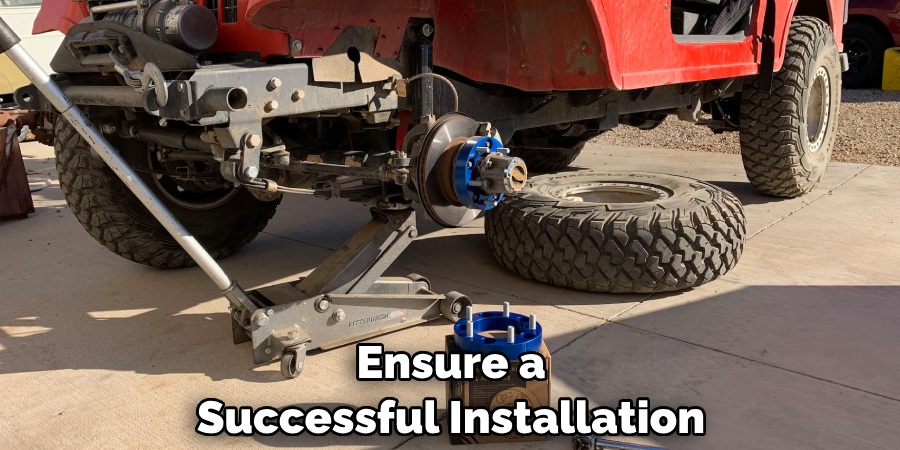
Precautions Need to Be Followed for Installing Wheel Adapters
1. First and foremost, make sure you have the proper knowledge and tools before attempting to install wheel adapters. If you are unsure, consult a professional.
2. Never attempt to install wheel adapters while the vehicle is supported only by a jack. Use jack stands for added stability and safety.
3. Always follow the recommended torque specifications for your particular vehicle and wheel adapter to avoid any issues or accidents.
4. Double-check all lug nuts after installation and periodically after driving to ensure they are securely tightened.
5. If you encounter any issues during installation, stop and seek professional help to avoid further damage.
6. Be aware that improper installation of wheel adapters can cause damage to your vehicle, affect alignment and braking, and may even result in accidents.
7. Make sure to regularly inspect your wheel adapters for any damage or wear and replace them if necessary.
Following these precautions will ensure a safe and successful installation of wheel adapters and prevent any potential issues or accidents. Remember, safety is always the top priority when working on your vehicle. So follow these precautions and enjoy the benefits of having wheel adapters on your ride! Happy driving!
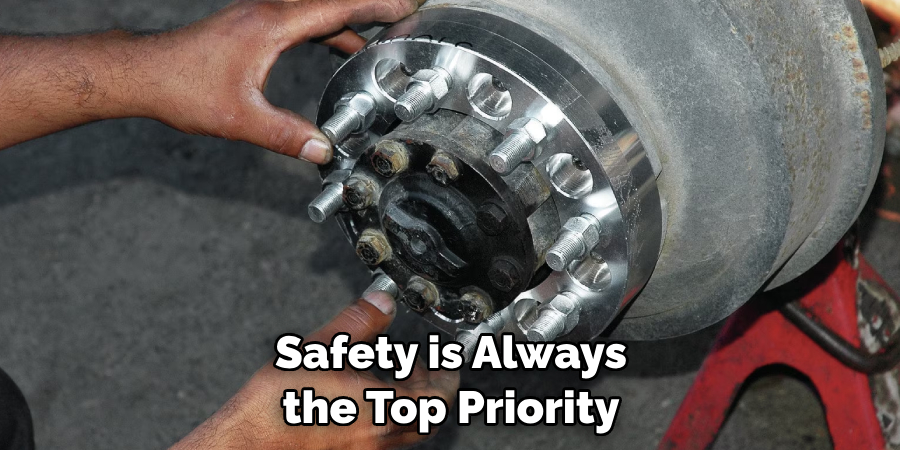
Frequently Asked Questions
Are Wheel Adapters and Spacers the Same Thing?
No, they are not the same. Wheel adapters change the bolt pattern of your vehicle’s hubs, while spacers only increase the distance between the wheel and hub.
Do I Need to Get Wheel Adapters Every Time I Change My Wheels?
Yes, if the bolt pattern of your new wheels does not match your vehicle’s hub. However, if you purchase wheels that have a different bolt pattern but are made with custom offsets, then wheel adapters may not be necessary.
Can Wheel Adapters Affect Vehicle Performance?
Improperly installed or damaged wheel adapters can affect alignment, braking, and overall vehicle performance. It’s essential to follow recommended torque specifications and regularly inspect your wheel adapters for any wear or damage.
Can I Use Multiple Wheel Adapters on One Vehicle?
It is not recommended to use multiple wheel adapters on one vehicle as it can cause fitment issues and potentially affect vehicle performance. It’s best to consult a professional and make sure the wheel adapters are compatible with your vehicle before installation.
How Do I Choose the Right Size Wheel Adapter for My Vehicle?
Refer to your vehicle’s manual or consult a professional to determine the correct size and specifications for your particular vehicle. It’s crucial to get the right fit for safety and performance reasons. So always double-check before purchasing.
Are Wheel Adapters Safe to Use?
When installed correctly and with the proper precautions, wheel adapters are safe to use. Make sure to follow recommended torque specifications and regularly inspect for any damage or wear. And if you have any doubts or encounter any issues, consult a professional for help.
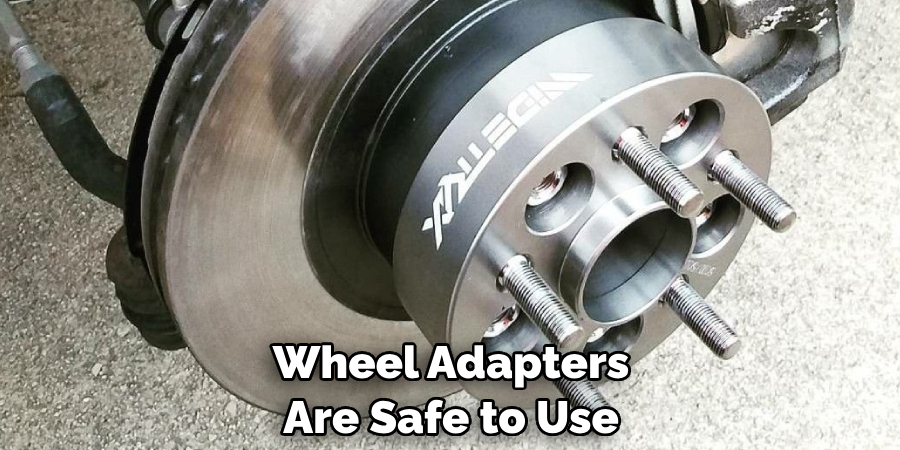
Conclusion
In conclusion, learning how to install wheel adapters may seem like a daunting task at first. However, with the right knowledge and proper steps, it can be easily accomplished by anyone.
We have discussed the benefits of wheel adapters, from being easy to install and cost-effective compared to purchasing new wheels to providing better handling and customization options for your vehicle. We have also walked through step-by-step instructions on how to properly install them on your car or truck.
Remember to always prioritize safety first and follow the manufacturer’s instructions carefully during the installation process. And if you have any doubts or encounter any issues, don’t hesitate to seek professional help.
With the right precautions and care, wheel adapters can be a great addition to your vehicle, giving it a fresh new look and improved performance. So go ahead and give your ride a makeover with the help of wheel adapters – the simple and affordable solution for changing bolt patterns. Happy driving!

